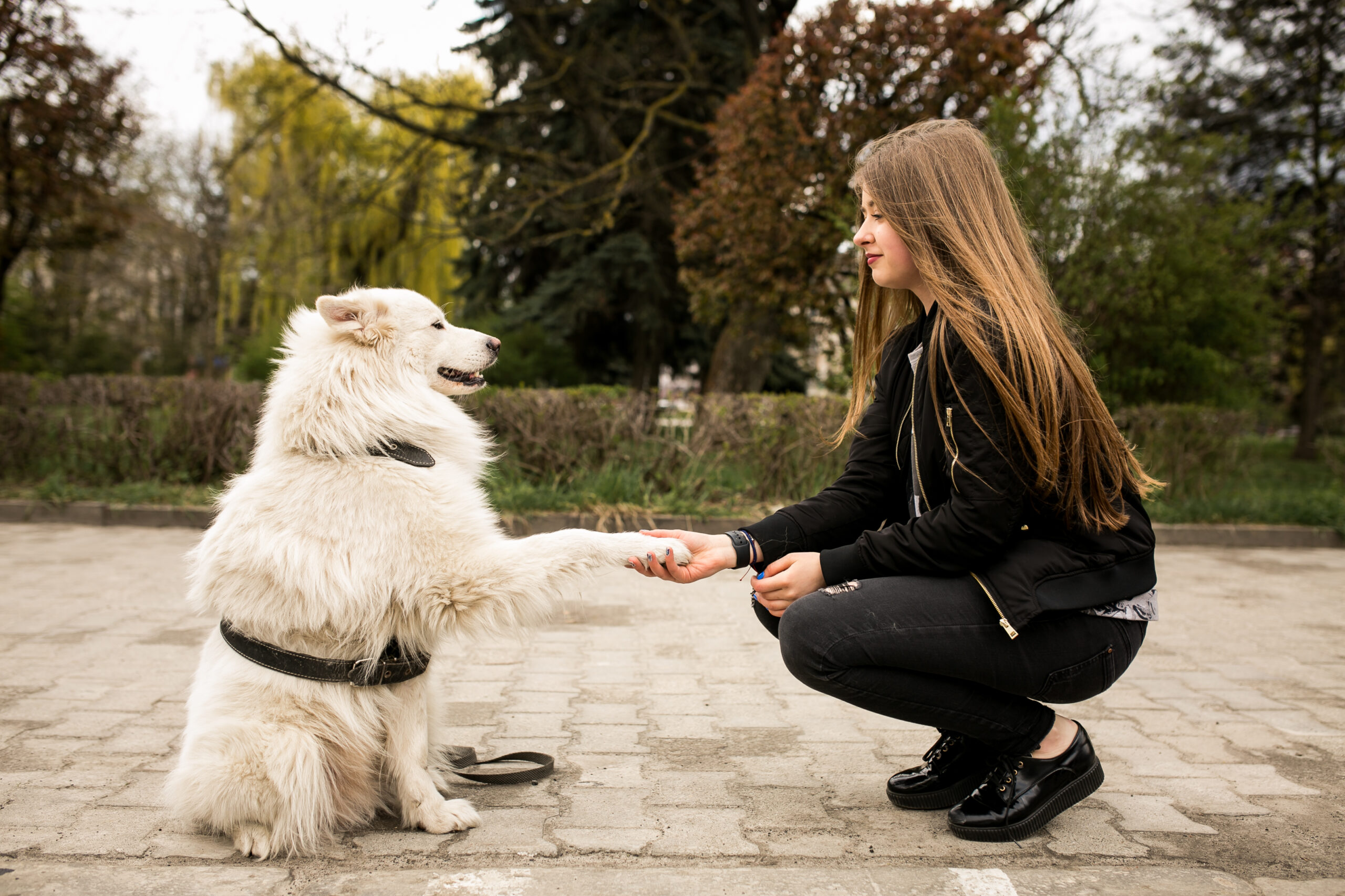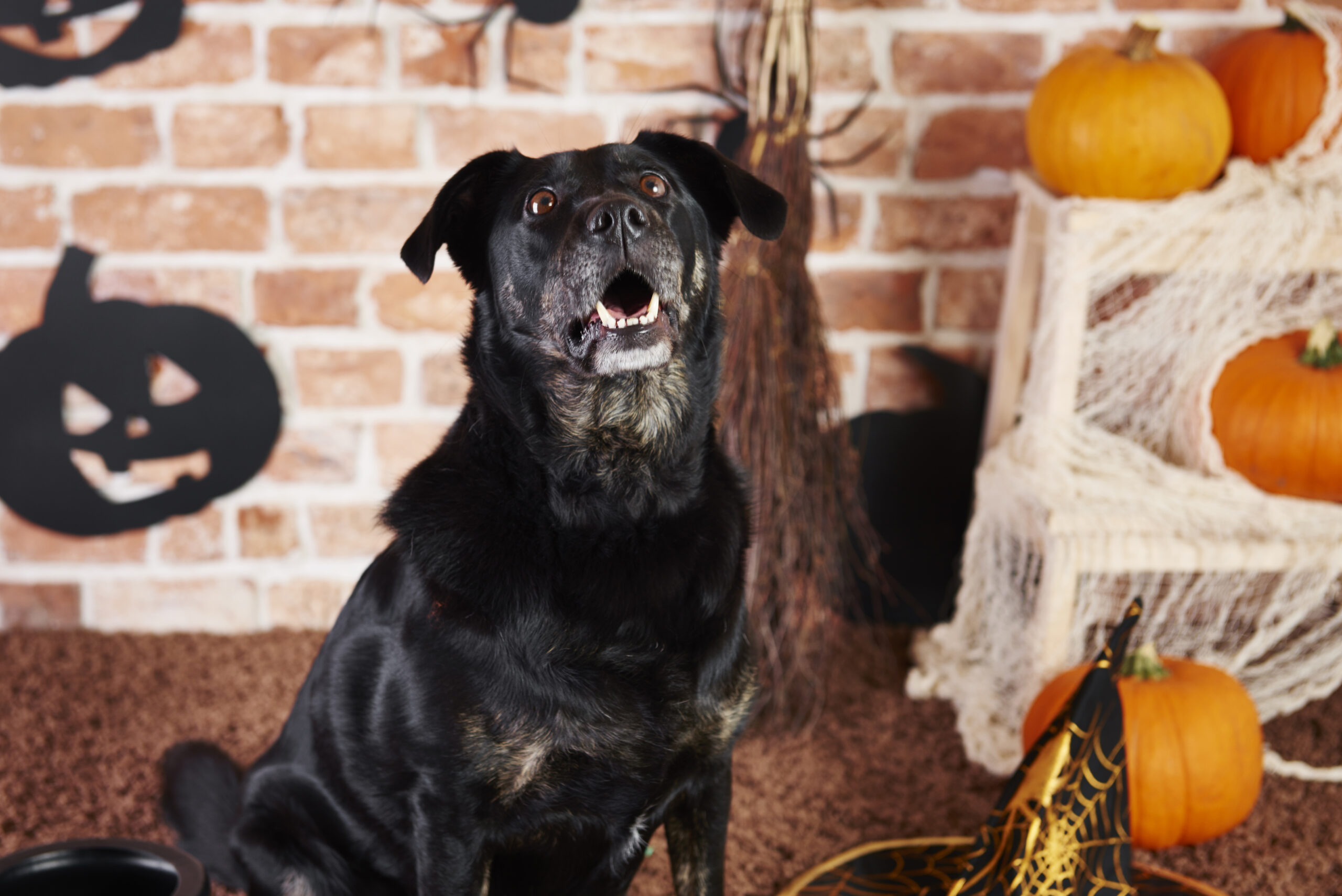Introduction
Dogs are known as man’s best friend, but have you ever wondered how they communicate with us and with each other? While they can’t speak our language, dogs have their own complex system of signals, using body language, vocalizations, and even scent to express their emotions and needs.
If you’ve ever been puzzled by your dog’s behavior, this guide will help you understand their secret language, making your bond even stronger.
How Dogs Communicate Through Body Language
A dog’s body posture, tail movement, and facial expressions can tell you a lot about their mood. Here’s what to look for:
1. The Tail Tells a Story
- Wagging fast and high: Excited and happy.
- Slow wag with a stiff tail: Alert or cautious.
- Tail tucked between legs: Fearful or anxious.
- Tail straight up: Asserting dominance or feeling confident.
2. Ears & Eyes: The Windows to Emotions
- Ears forward: Curious or engaged.
- Ears flattened back: Nervous or submissive.
- Dilated pupils and wide eyes: Excited or scared.
- Narrowed eyes: Feeling aggressive or uncomfortable.
3. Posture & Movement
- Relaxed body: Comfortable and happy.
- Crouching low: Playful invitation (often with a wagging tail).
- Stiff body, standing tall: Alert or feeling dominant.
- Rolling onto back, belly up: Submissive or seeking belly rubs!
What Dog Sounds Mean
Dogs may not talk, but their barks, growls, and whines are all ways to communicate.
1. Barking
- High-pitched, rapid barking: Excited or welcoming.
- Continuous, loud barking: Alerting or warning of danger.
- Single barks spaced out: Curious or seeking attention.
2. Growling
- Low, deep growl: Warning or defensive.
- Soft growl while playing: Normal and playful.
3. Whining & Howling
- Whining: Seeking attention or feeling anxious.
- Howling: Instinctive response to sirens or communicating with other dogs.
Scent & Touch: The Hidden Language
Dogs rely heavily on their sense of smell to gather information. They sniff people and objects to recognize scents and detect emotions.
- Sniffing another dog’s rear: A polite introduction in the dog world!
- Licking your face or hands: A sign of affection and bonding.
- Leaning against you: Seeking comfort or protection.
How to Respond to Your Dog’s Communication
Understanding your dog’s signals can help you strengthen your relationship and respond appropriately:
- If your dog’s tail is tucked and ears are back, they may need reassurance.
- If they are barking excessively, check for what’s causing the alarm.
- If they bring a toy to you, they want to play and interact.
- If they yawn when not tired, they might be feeling stressed.
Conclusion
Dogs have an incredible way of communicating, and once you learn their body language, sounds, and behaviors, you’ll understand them better than ever! Whether your dog is wagging their tail with excitement or whining for attention, every action tells a story.
Next time you interact with your furry friend, watch closely—you might just discover what they’ve been trying to tell you all along! 🐶💕



